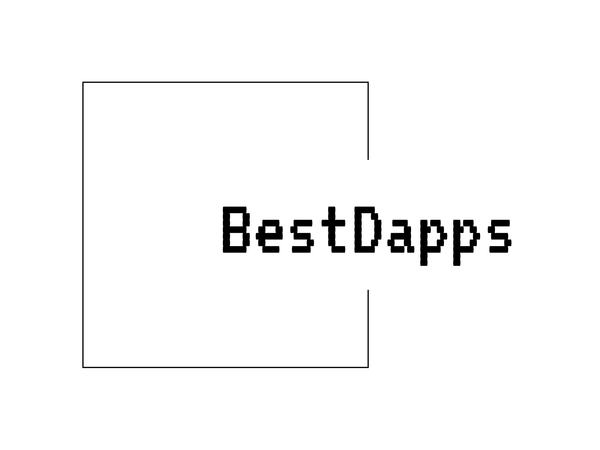
ICX Governance: Empowering the ICON Blockchain
Share
ICX Governance: A Key Component of the ICON Blockchain
ICX, the native cryptocurrency of the ICON blockchain, plays an integral role in the governance framework of the entire ICON ecosystem. Governance in blockchain projects centers around decision-making protocols that dictate how network upgrades, rule changes, or other updates are settled, and ICX holders have a notable position in this process.
Delegated Proof of Contribution (DPoC) Model
The ICON blockchain operates under a governance structure known as Delegated Proof of Contribution (DPoC). This method introduces a system where voters can elect network participants, referred to as Public Representatives, or P-Reps, who then make key decisions. P-Reps are accountable for validating transactions, proposing changes, and participating in various network operations. ICX holders have the authority to delegate their stake to these P-Reps, essentially voting for who they believe should contribute to the network on their behalf.
Role of ICX Holders in Governance
ICX holders can vote for P-Reps based on perceived value and contributions to the ICON ecosystem. Voting power is proportional to the amount of ICX held or staked, which is a common feature seen in delegated governance models. This ensures that those who have a substantial stake in the future of the network can have a more significant influence on decisions. However, this could have the effect of centralizing decision-making to larger stakeholders if not carefully monitored.
P-Rep Elections and Decision Making
Public Representatives serve as the main decision-makers and are tasked with maintaining robust governance. Regular elections are held to ensure that the top P-Reps are voted in fairly and consistently. Once elected, top P-Reps have a greater influence on governance decisions such as network updates and proposals by submitting Improvement Proposals (IIPs). Voting on these proposals enables the ICON blockchain to remain dynamic and capable of upgrading without forks or significant disruptions. However, the responsibility given to P-Reps makes transparency a potential concern for the governance model.
Governance Responsibilities of P-Reps
In ICON’s governance model, the influence that P-Reps wield carries unique responsibilities. They must align with the blockchain’s core objective of fostering interoperability across different networks while maintaining the trust of community members who delegate their votes. As a result, P-Reps are responsible not only for validating blocks and securing the network but also for determining the future of ICON, presenting a critical link between stakeholders and the platform’s strategy.
